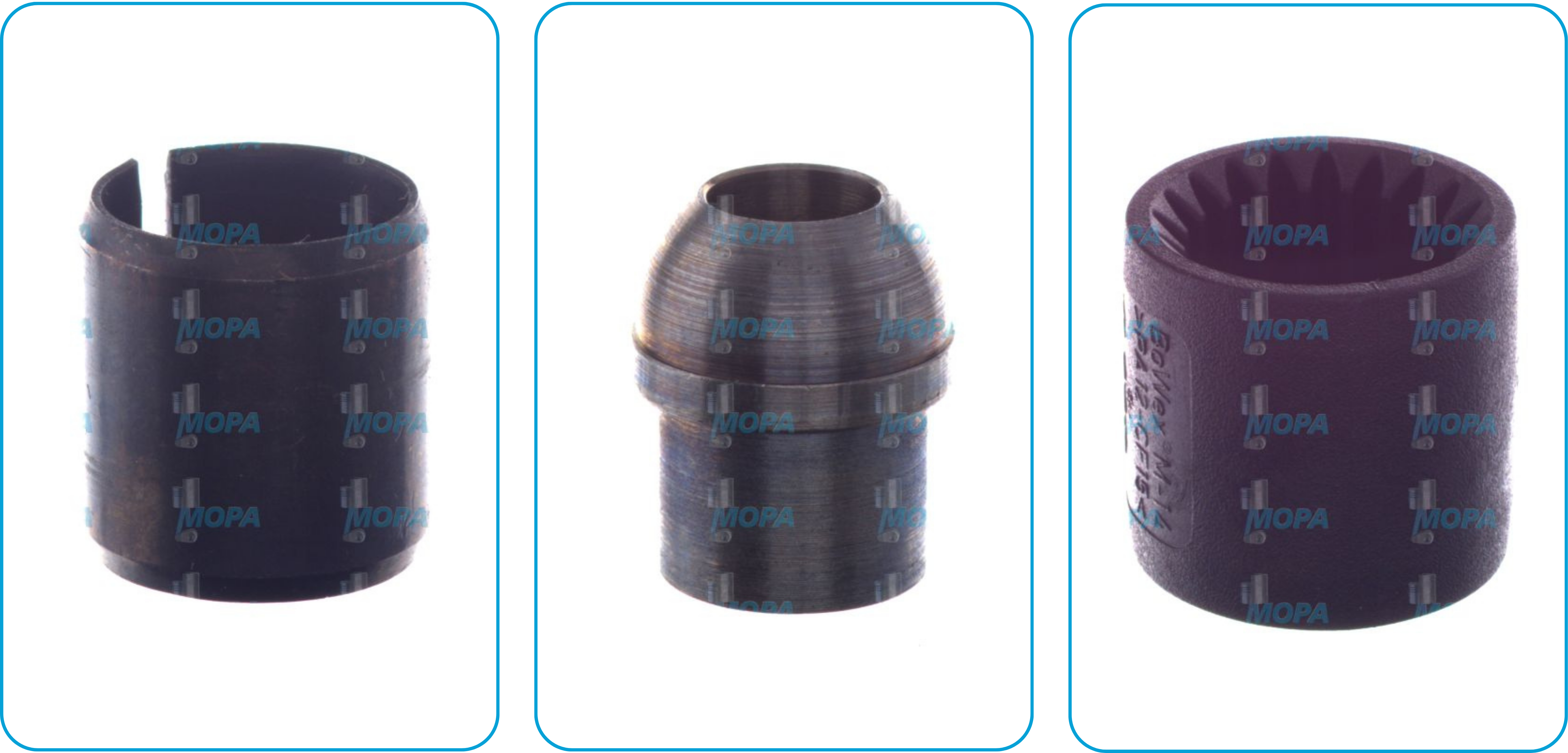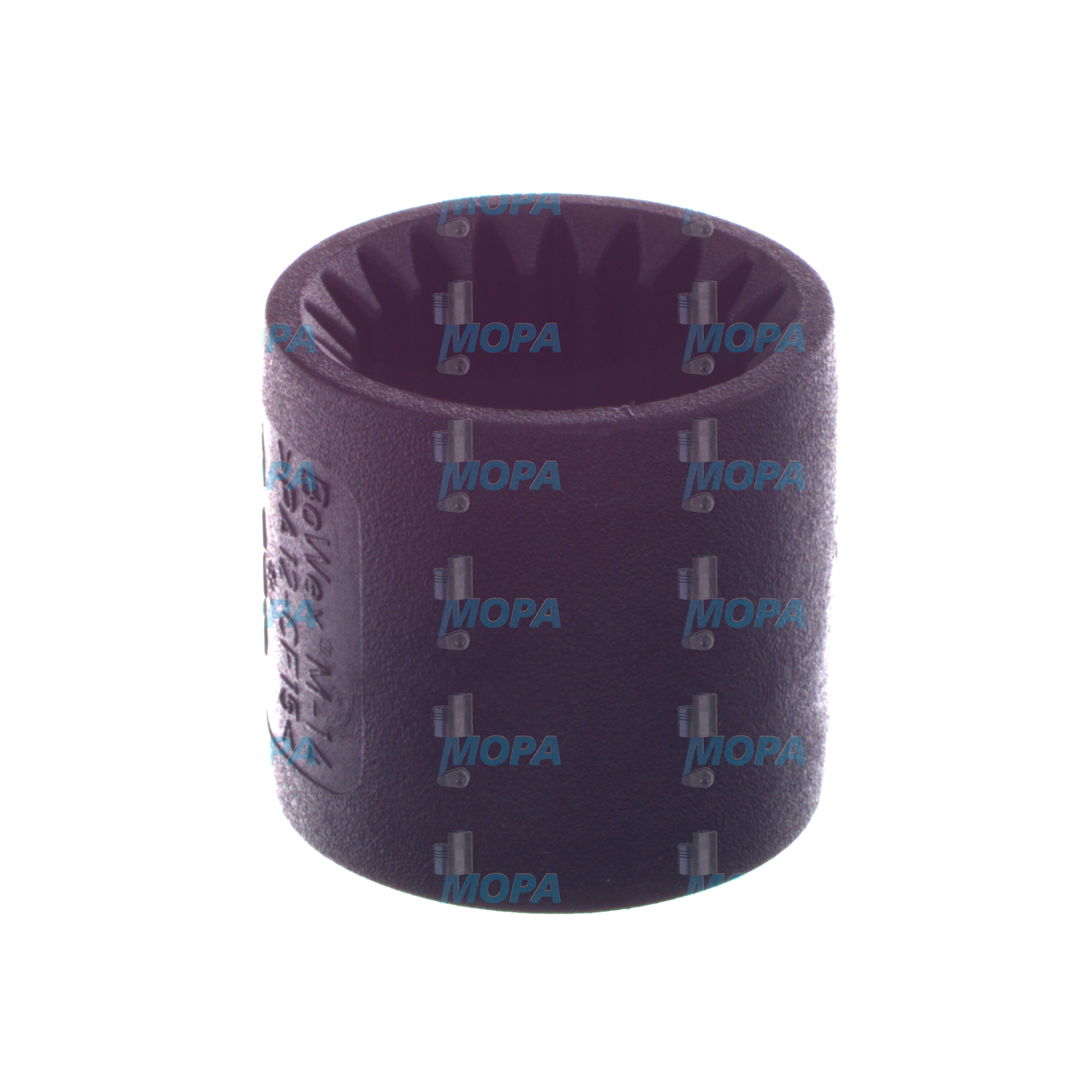Engine sleeves – reliable liners for engines & performance
Engine sleeves are critical components in combustion engines, ensuring a durable and serviceable interface between piston and cylinder. Used across a wide range of applications – from cars to industrial generators and marine engines – engine sleeves enhance wear resistance, heat dissipation and service life. Whether for a new build or repair, sleeve engine configurations provide flexibility and protection for the cylinder wall.
Function and advantages
Engine sleeves act as replaceable liners inside the engine block. A high-quality motor sleeve prevents direct wear on the engine casing and allows easier repair in case of damage. Among the key benefits of engine sleeves are:
- Improved durability and reduced cylinder wear
- Heat resistance under high-performance conditions
- Ease of service and reduced downtime
In marine systems, marine sleeves and boat sleeves are exposed to moisture, temperature fluctuations and high operating hours – making sleeve quality and material selection essential.
Types and applications of engine sleeves
There are two main types of engine sleeves: dry sleeves and wet sleeves. Dry sleeves fit tightly into the engine block and rely on surrounding metal for cooling, while wet sleeves come into direct contact with coolant. The right choice depends on the engine type, maintenance plan and operating environment.
Motor sleeves are especially common in heavy-duty engines, agricultural machines, and marine applications. A sleeve motor design allows individual cylinder repair without replacing the entire block – a key advantage in industrial and maritime environments. Mechanic sleeves are also used during repairs or when adapting engines for oversized pistons.
Material selection and durability
Engine sleeves are usually made from alloyed cast iron, steel, or other high-strength metals. Depending on the engine’s power output and thermal load, some sleeves feature coatings for enhanced wear resistance. In a boat sleeve or marine sleeve environment, corrosion resistance is crucial.
Precision is essential: each mechanic sleeve must fit tightly to ensure thermal conductivity, sealing integrity and mechanical strength during combustion cycles. Our engine sleeves are suitable for MTU, Deutz, MAN, Volvo Penta, and MWM engines – designed to meet OEM standards.
Replacement and availability
Replacing motor sleeves is a common procedure during engine overhauls or when cylinders are damaged. A mechanic sleeve installation restores cylinder geometry and protects the block from further damage. We offer a wide range of compatible engine sleeves and repair kits for marine, industrial and power generation engines – with fast local availability and B2B service focus.

FAQ
What are engine sleeves?
Engine sleeves are cylindrical liners inserted into an engine’s cylinder bore. They provide a durable running surface for the piston and can be replaced when worn. This protects the engine block and simplifies maintenance or repairs.
What is the difference between a dry and a wet sleeve?
Dry sleeves are press-fit into the cylinder and rely on the engine block for cooling. Wet sleeves are surrounded by coolant and offer better heat transfer but require precise sealing. Both are common in sleeve engine designs depending on application and serviceability needs.
When should motor sleeves be replaced?
Motor sleeves should be replaced during major overhauls, after scoring or wear of the cylinder surface, or when converting a standard engine to a sleeve motor design for improved maintainability. Timely replacement extends engine life and prevents costly damage.







